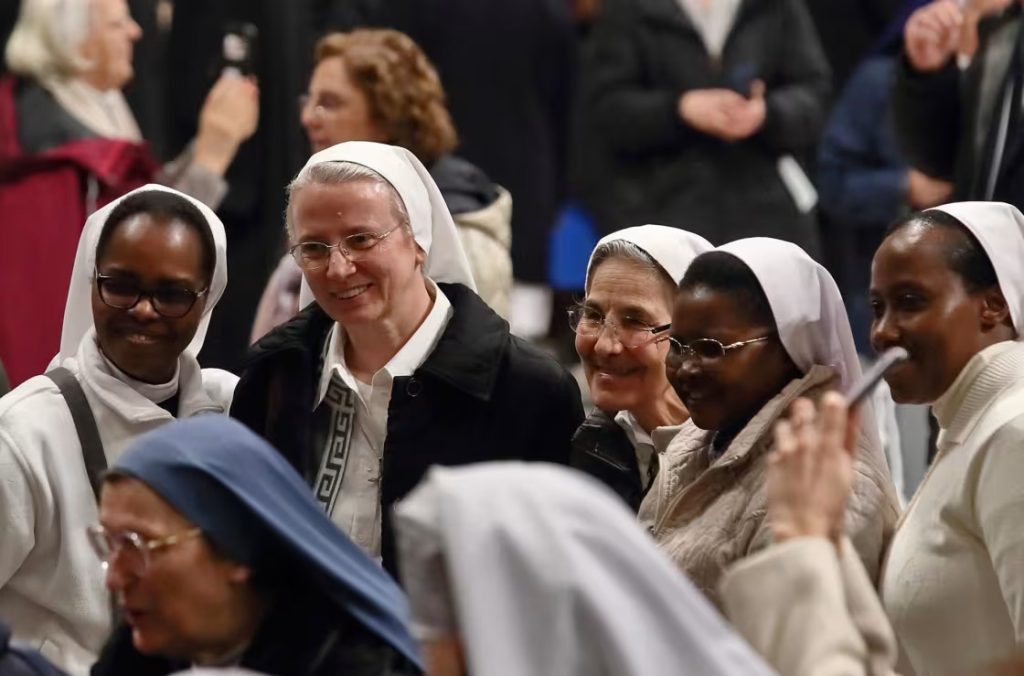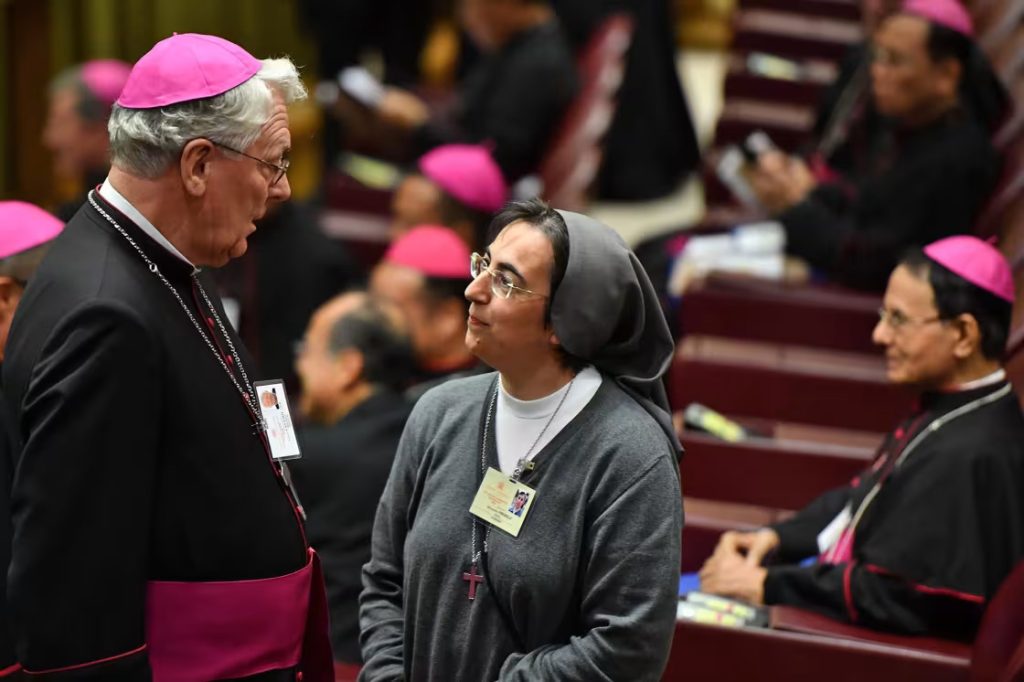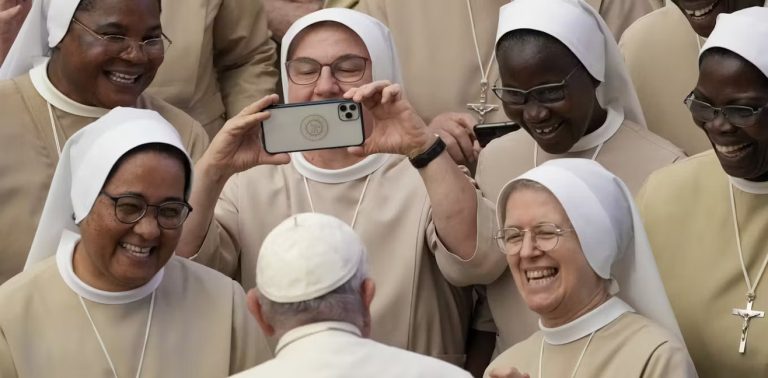VATICAN CITY — One of the defining aspects of Pope Francis’ legacy is his advancement of women into senior roles at the Vatican—positions that, for centuries, were reserved exclusively for men.
These appointments have been praised by some as groundbreaking moves within an institution long dominated by patriarchal traditions, though others argue they fall short of bringing true structural reform.
In February, while recovering in the hospital, Francis made the most senior female appointment of his papacy to date, naming Sister Raffaella Petrini to a post comparable to the governor of Vatican City.
Among other notable advancements, Sister Alessandra Smerilli, an economist, was placed in a top role within the Roman Curia’s development office, and Sister Simona Brambilla became the first woman to lead a major Vatican department, taking charge of Catholic religious orders around the globe.


He named Sister Nathalie Becquart co-undersecretary of the Synod of Bishops, making her a key figure in organizing the pope’s advisory summits. He also broke new ground by granting women the right to vote in synod meetings and expanded the synod’s membership to include women as full participants. By October 2024, nearly 60 women sat alongside roughly 300 cardinals, bishops, and priests.
Paloma Garcia Ovejero, the first woman to serve as deputy director of the Holy See’s press office, called Pope Francis’ efforts to shift Vatican leadership toward women a meaningful start—but only the beginning.
“Sure, it should be normal to see a woman running the town hall—or holding a top leadership role—but it still isn’t,” Garcia Ovejero said. “Elevating women in the Church is only just beginning, but the momentum is real, and there’s no going back.”
“We’ve witnessed some truly remarkable appointments,” said Elizabeth Lev, a Rome-based art historian. “Genuinely surprising, even historic ones.”

Lev explained that Pope Francis’ actions mirror broader societal shifts. “In many ways, what he’s done is simply take these women—religious sisters and laywomen who’ve long carried immense responsibilities behind the scenes—and given them the recognition they deserve,” she said.
“He’s finally placed them in the spotlight they’ve earned,” Lev continued. “And that’s truly wonderful. And he selected women who are not only competent but also joyful.”
Anna Rowlands, a professor at Durham University and occasional Vatican adviser, shared her perspective with Reuters, noting that Pope Francis’ legacy regarding women in the Church is “complex.”
“He has done more than any other pope to ensure women hold more prominent roles and greater authority,” Rowlands said. “However, much of this change has been within the existing framework, only slightly altering the system.”
Despite these advancements, women’s roles in the Catholic Church remain limited. Pope Francis has consistently affirmed that priestly ordination is “reserved for men”—and as the 135 male cardinals gather for next month’s conclave to elect the next pope, it will remain evident where the power in the Church resides.

